- News
- Reviews
- Bikes
- Accessories
- Accessories - misc
- Computer mounts
- Bags
- Bar ends
- Bike bags & cases
- Bottle cages
- Bottles
- Cameras
- Car racks
- Child seats
- Computers
- Glasses
- GPS units
- Helmets
- Lights - front
- Lights - rear
- Lights - sets
- Locks
- Mirrors
- Mudguards
- Racks
- Pumps & CO2 inflators
- Puncture kits
- Reflectives
- Smart watches
- Stands and racks
- Trailers
- Clothing
- Components
- Bar tape & grips
- Bottom brackets
- Brake & gear cables
- Brake & STI levers
- Brake pads & spares
- Brakes
- Cassettes & freewheels
- Chains
- Chainsets & chainrings
- Derailleurs - front
- Derailleurs - rear
- Forks
- Gear levers & shifters
- Groupsets
- Handlebars & extensions
- Headsets
- Hubs
- Inner tubes
- Pedals
- Quick releases & skewers
- Saddles
- Seatposts
- Stems
- Wheels
- Tyres
- Health, fitness and nutrition
- Tools and workshop
- Miscellaneous
- Tubeless valves
- Buyers Guides
- Features
- Forum
- Recommends
- Podcast
feature
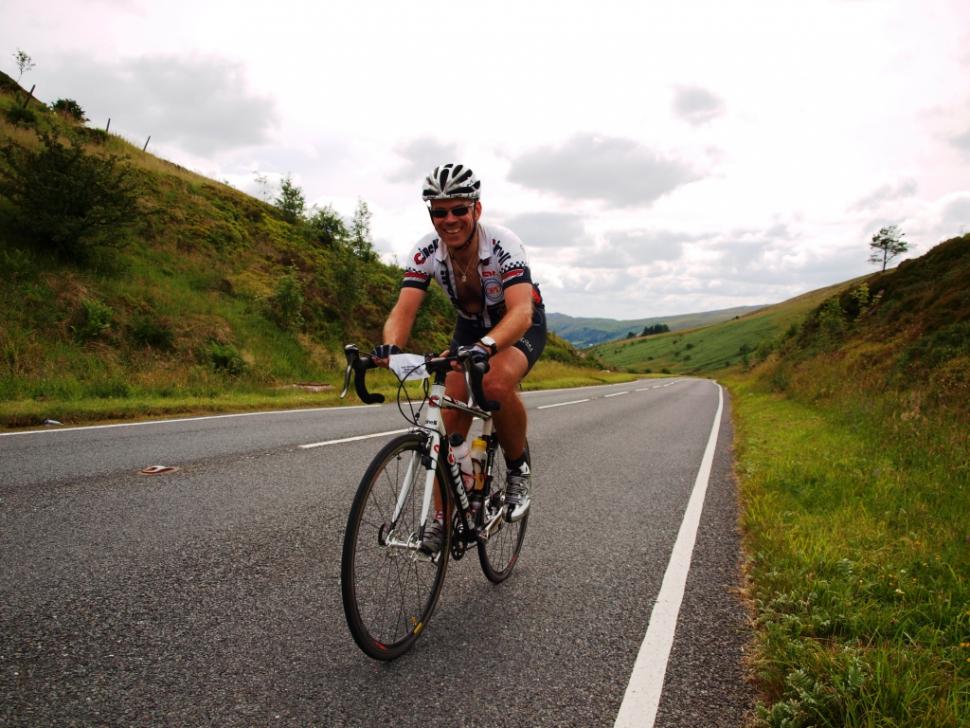 Devil Ride 2010 Still smiling despite the pain
Devil Ride 2010 Still smiling despite the pain11 tips for pain-free cycling — bike tweaks & techniques that'll get you comfortable
Whatever type cycling you’re into, you’ll enjoy it more – and probably ride faster and more efficiently – if you’re comfortable. Here’s a roundup of articles on road.cc that’ll help you get there.
Get a bike fit
If you’re not comfortable on your bike, it could be a fundamental issue with your setup.
Say your saddle position is too low or your cleat position is incorrect and you’re putting unnecessary pressure on your knees with every pedal stroke; in a two hour ride you might repeat the movement over 10,000 times on each leg and that could eventually lead to damage.
Getting a bike fit might turn out to be the best money you ever spend on your cycling comfort.
We’ve covered a few different bike fits here on road.cc. Check them out here.
We’ll say it again: get a bike fit!
If lower back pain is spoiling your cycling, here's how to prevent and treat it.
You should also check out our 9 top tips for setting up your new road bike.
Select your saddle
Loads of people aren’t comfortable on the stock saddle that came with their bike. That’s not surprising because one size does not fit all – far from it, we’re all built differently. Some people like a slim and firm saddle, others get on best with something that’s wide and soft, some like a cutaway centre and some don't
Check out 19 of the best saddles here.
Many brands now offer saddle selection tools to help you make the right choice. Fizik, for example, has its Spine Concept Evo, and Selle Italia has its IDMatch system.
Take a look at 6 of the best short saddles.
The best advice is to try as many saddles as you can before you buy. Many shops allow you to do this, and you can also ask friends if you can borrow theirs.
Another option is to go to a bike fitter (see above) who offers saddle pressure mapping. They’ll sit you on your bike with a pressure-sensing cover over the saddle. Software shows how your pressure is distributed as you pedal, including any hotspots, and the fitter can both alter your position and make saddle recommendations based on this information.
Replace your shorts
As with saddles, you’ll find that some shorts work better for you than others and it’s not necessarily related to price. The most important factor dictating comfort is the seatpad (or ‘chamois’) and these come in a million and one different designs so the choice can be bewildering.
A great place to start is with our feature: Cycling shorts — everything you need to know.
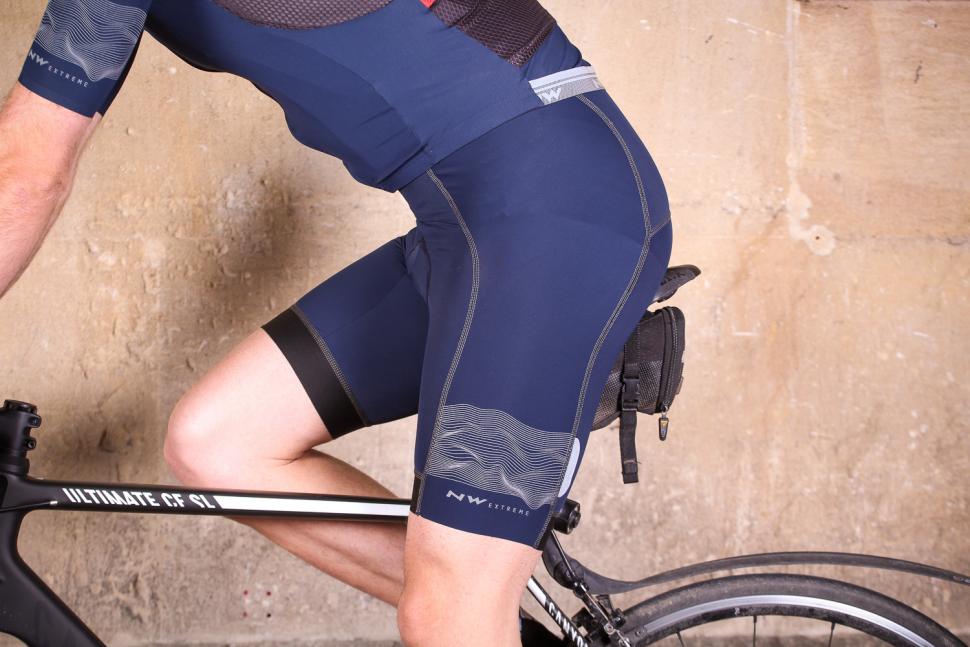
You should also check out 18 of the best cycling bib shorts.
Here are all of our shorts and 3/4s reviews.

Bear in mind that the pad can show a drop off in performance after extended use, with a reduction in depth or uneven compression. Here’s how to tell when it’s time to replace your shorts.
Oh, and you might want to use chamois cream to reduce friction and the chance of skin infections. Here are six of the best.
Switch your seatpost
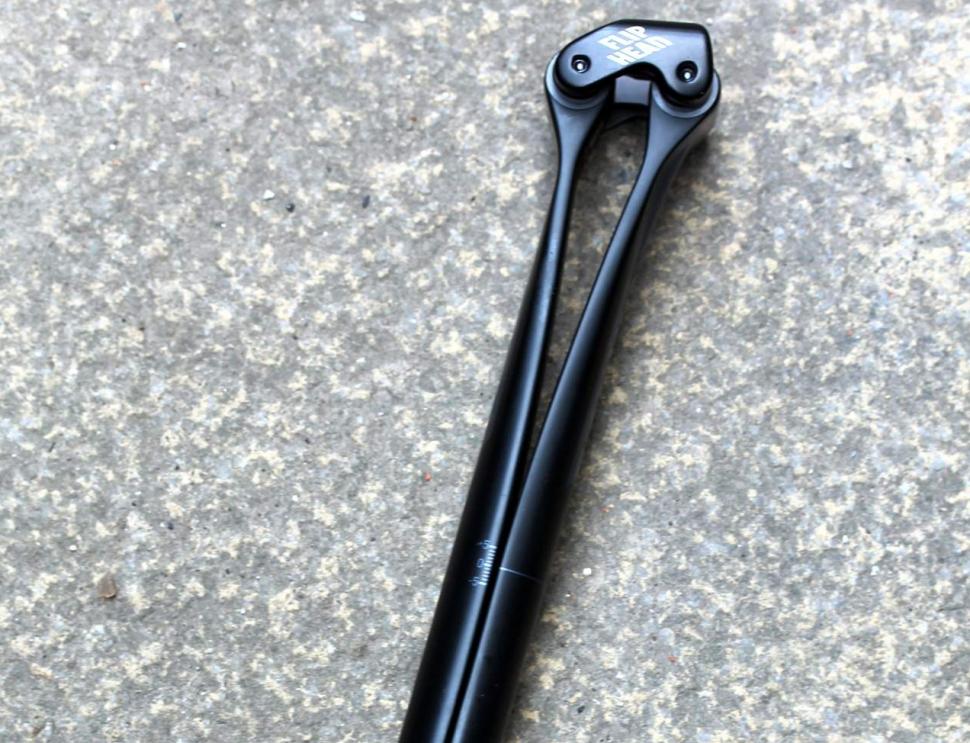
Most seatposts essentially comprise a rigid metal or carbon tube with a clamp on top, but some are designed specifically to flex and add comfort and there are even suspension options out there.
Check out 6 of the best comfort-boosting seatposts to soften road shock and cosset your bottom.
Handlebar and stem
Handlebar and stem dimensions/angles have a major effect on your riding position and, consequently, the feel of your bike. Swap from a 44cm wide bar to 42cm, for example, and from a 130mm stem to 120cm, and your bike will feel completely different. If you think you could be using the wrong handlebar and/or stem, we’d strongly suggest a bike fit (see above) to get the option that’s best for you.
Some handlebars are designed especially with comfort in mind, such as Bontrager’s Pro IsoCore VR-CF Road Bar which comes with foam pad inserts.
Our handlebar reviews are here.
Go to our stem reviews.
Change your handlebar tape
Like the other contact points, handlebar tape and grips play a big part in determining the comfort of your bike.
Check out bar tape and grips reviews here.
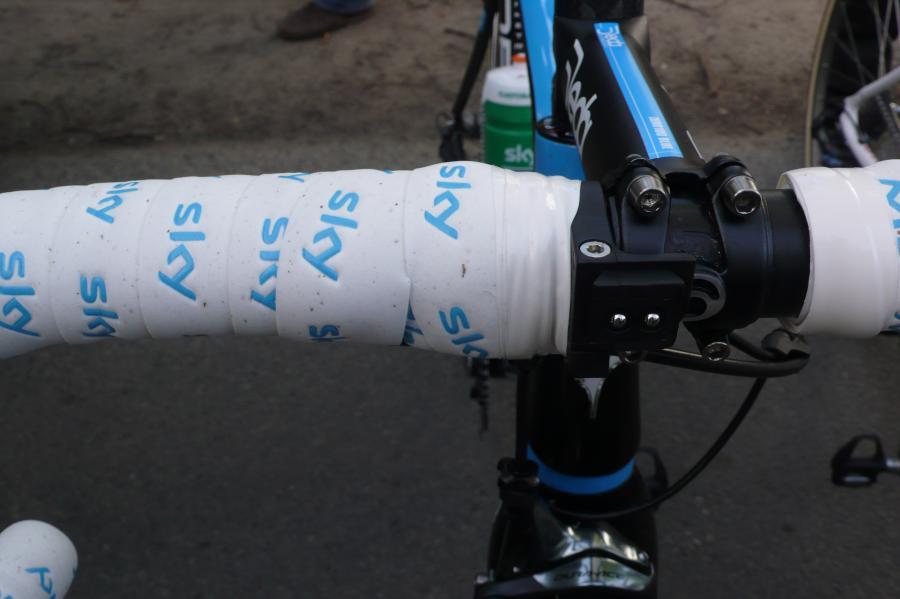
You can even double wrap your handlebar tape. Sticking a second layer of tape on top of the first doubles the amount of cushioning and increases the contact area in your palm, reducing the pressure.
Check out our tech tips for riding cobbles (and rubbish British roads).
Get fatter tyres
Tyres make a massive difference to the feel of your bike. Fatter tyres put a larger cushion of air between you and the ground and, run at the right pressures, they can improve the quality of the ride.
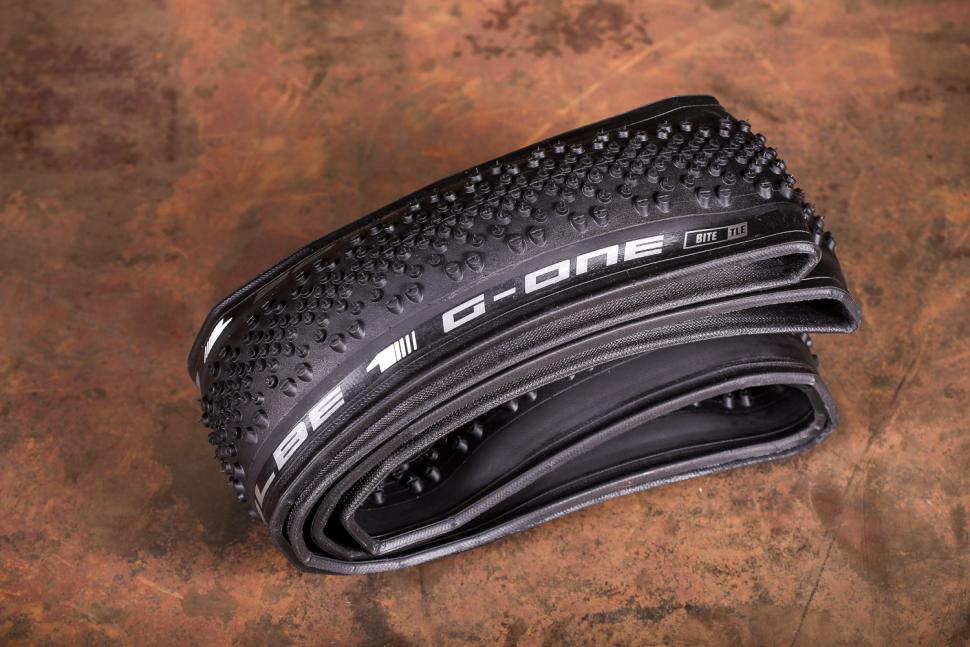
Don’t just go out and buy the biggest tyres you can find because your bike won’t necessarily be able to take them. First, you need to consider your brake clearance. Dual pivot brakes from all of Shimano’s current groupsets take tyres up to 28mm wide, for example, but older models might not, so always check. You need to consider frame and fork clearance too.
Check out our tyre reviews here.
One of the advantages of tubeless tyres is that with no inner tube you can run them at low pressures without the danger of pinch flats.
The prevalence of endurance bikes with 28mm and wider tyres, and gravel and adventure bikes with even wider tyres, make a strong argument for tubeless.
Find out all about tubeless tyres here.
Get the right tyre pressure
Speaking of tyres, we have a whole article explaining how to balance speed, comfort and grip when deciding on pressure.
Choose your shoes
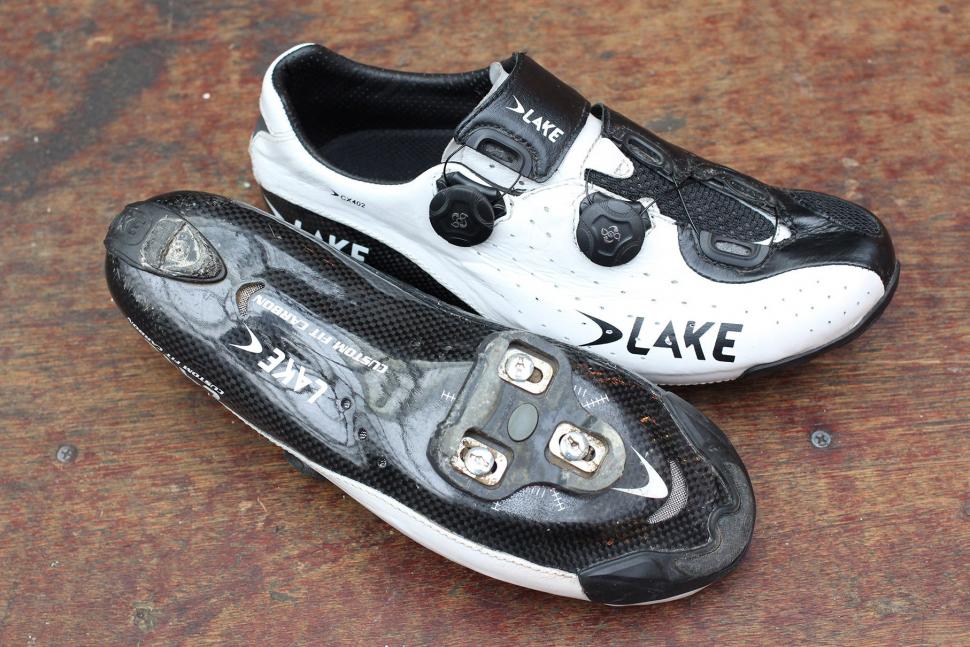
There’s no reason for your feet to cause you any discomfort as you ride. There’s a vast selection of shoes out there for all types of riding, some of which can be shaped to your feet.
Liam had his Lake CX402 shoes heated up and moulded to his feet last year, for example.
You should definitely read our Beginner's guide to cycling shoes — the secrets of comfy feet.
A bikefit expert will be able to recommend things like wedges in your shoes to reduce foot, knee and hip pain
Check out our shoe reviews here.
Pick your pedals
Your pedals play an important part in determining your comfort because your foot position has a huge effect on your knees.
Some people like a pedal/cleat system with very little float (cleat movement before you become unclipped) while others prefer the oodles you get with Speedplay, for example. Many people swear by Speedplay to avoid achy knees.
You don’t necessarily need to use road pedals just because you’re riding on the road. Check out our feature: SPD-SL vs SPD: which clipless pedal system is better for the riding you do?
Upgrade your gloves
Gloves can both prevent road rash if you come off and add an extra layer of cushioning between you and the road to prevent things like tingling fingers and numbness – Cyclist's Palsy..
Mat has been in cycling media since 1996, on titles including BikeRadar, Total Bike, Total Mountain Bike, What Mountain Bike and Mountain Biking UK, and he has been editor of 220 Triathlon and Cycling Plus. Mat has been road.cc technical editor for over a decade, testing bikes, fettling the latest kit, and trying out the most up-to-the-minute clothing. He has won his category in Ironman UK 70.3 and finished on the podium in both marathons he has run. Mat is a Cambridge graduate who did a post-grad in magazine journalism, and he is a winner of the Cycling Media Award for Specialist Online Writer. Now over 50, he's riding road and gravel bikes most days for fun and fitness rather than training for competitions.
Latest Comments
- rickiecheese 3 sec ago
An update regarding this path....
- tigerted 6 min 8 sec ago
Give my regards to Gary great fella.Last time the Tour was over here I went to Dover to watch the start at the Castle & discovered I needed a...
- Simon E 4 min 10 sec ago
I've used mark1a's post as a template. My current subs:...
- chrisonabike 35 min 24 sec ago
I'll have to find an hour or so to go through that... good work....
- tony.westclassics@live.co.uk 1 hour 42 sec ago
Theres no boubt about it, this bloke is the kiss of death
- don simon fbpe 1 hour 14 min ago
As you agree with me, I don't understand your point.
- Rendel Harris 1 hour 18 min ago
Absolutely without a doubt, a small example recently: I was cycling down The Mall in London from Buckingham Palace towards Admiralty Arch and...
- Rendel Harris 1 hour 52 min ago
The jacket looks funky but as far as I can see from the photographs isn't anything like as bright when hit by light as ProViz or similar more...
- cardch 2 hours 58 min ago
Just ordered mine. Went to visit them and it's a great setup, and so nice (I hope) to get something with a bit of soul, rather than another...
- Smac9 3 hours 38 min ago
I think the 2.5 star rating is a bit mean . I own one of these and have no issues using them. I am not a chemical engineer so cannot verify the eco...
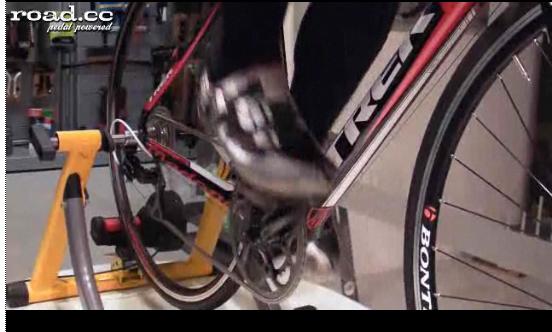
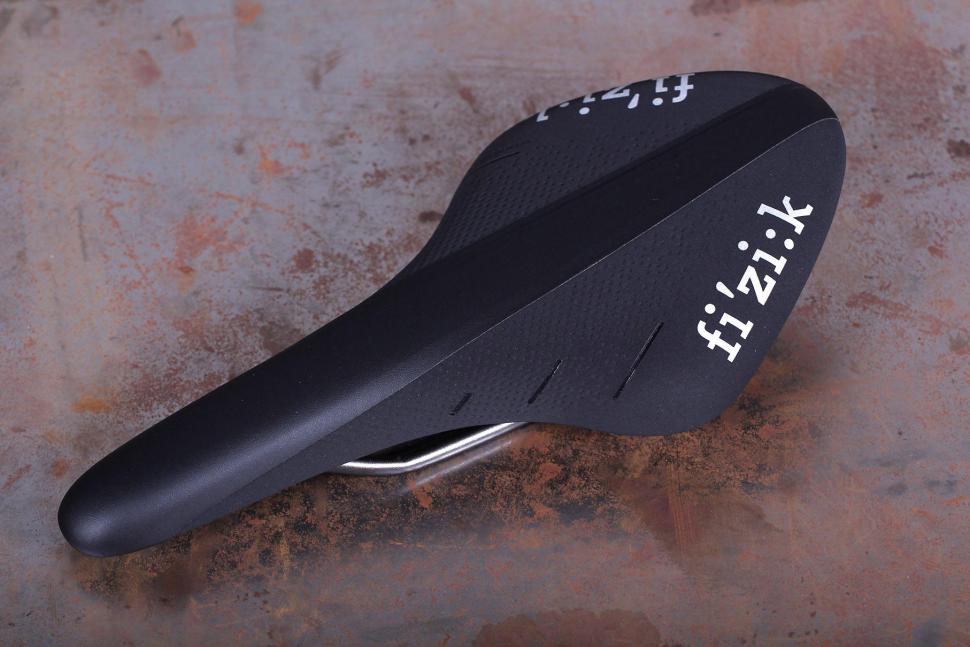

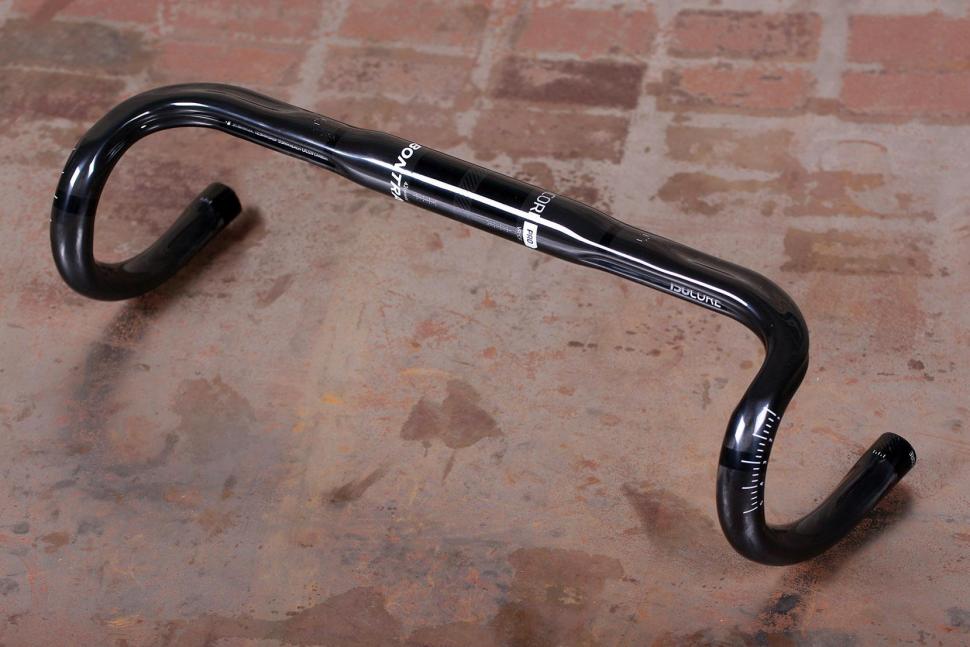
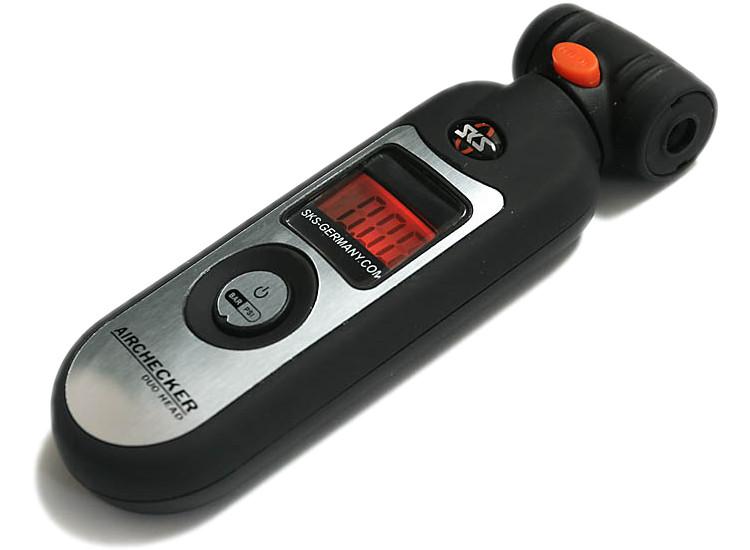


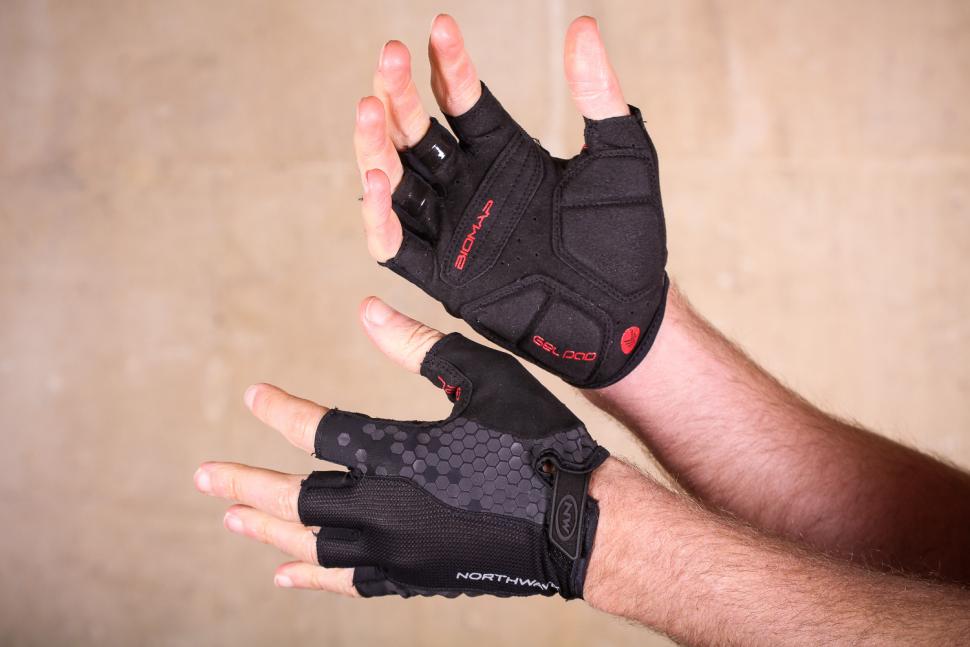
Add new comment
6 comments
This story is 3-plus years old. Please stop presenting it as new news.
It's not a story, and it's not presented as news - it's a feature. The clue is the little box at the top that says 'Feature'.
Upper body and core strength training should be added to this list.
Many back/neck pains when riding are due to weak muscles, or using the wrong muscles, to support the upper body whilst riding.
Top tips for pain free cycling ... don't crash, try not to get hit by a motor/ped running out.
Ride Snake Pass
My recent experiences:
Bike Fit - Definitely worth the money, would have paid for itself if I'd done it earlier instead of spending money on all sorts of off-the-shelf orthotics etc. Big shout to Dougie @ Edinburgh Bike Fitting in particular.
Massage - Partly on the recommendation of my bike fitter who pointed out many of my niggles were due to knotted or otherwise grumpy muscles, just from overtraining. He expertly identified the most painful spots which I've since had a good knead at, but getting a couple of decent sports massages has really helped. Worth finding someone who really knows 'sports' massage, read reviews etc. You're not looking for a relaxing massage at all!
Saddles - Annoyingly expensive trial and error it seems, but I've eventually found that I seem to suit a wider saddle. The specialized system suggests a 143mm but the Fizik system suggested a 155mm. Tried the latest Aliante with the cut-out in a 155mm width. Genuinely feel more comfortable but also faster, maybe because I'm better able to hold a more aero position. Definitely worth the time and money.
Training Schedules - I was reluctant to say I was 'in training' but by definition I was, deliberately increasing pace and mileage over time with a specific event in mind. I stupidly ignored rest + recovery, just increasing time in saddle 10-15% every week, week in, week out. I also forgot that intensity also counts, one week of hellish headwinds I let my distance drop, but the intensity went up, cue sore knees! Now taking every 3rd or 4th week to rest and recover. Also if I ride on a rest day I have a real mental battle not to chase other riders who might go past me when I'm soft pedalling 25km/h. Stay strong and let them go!